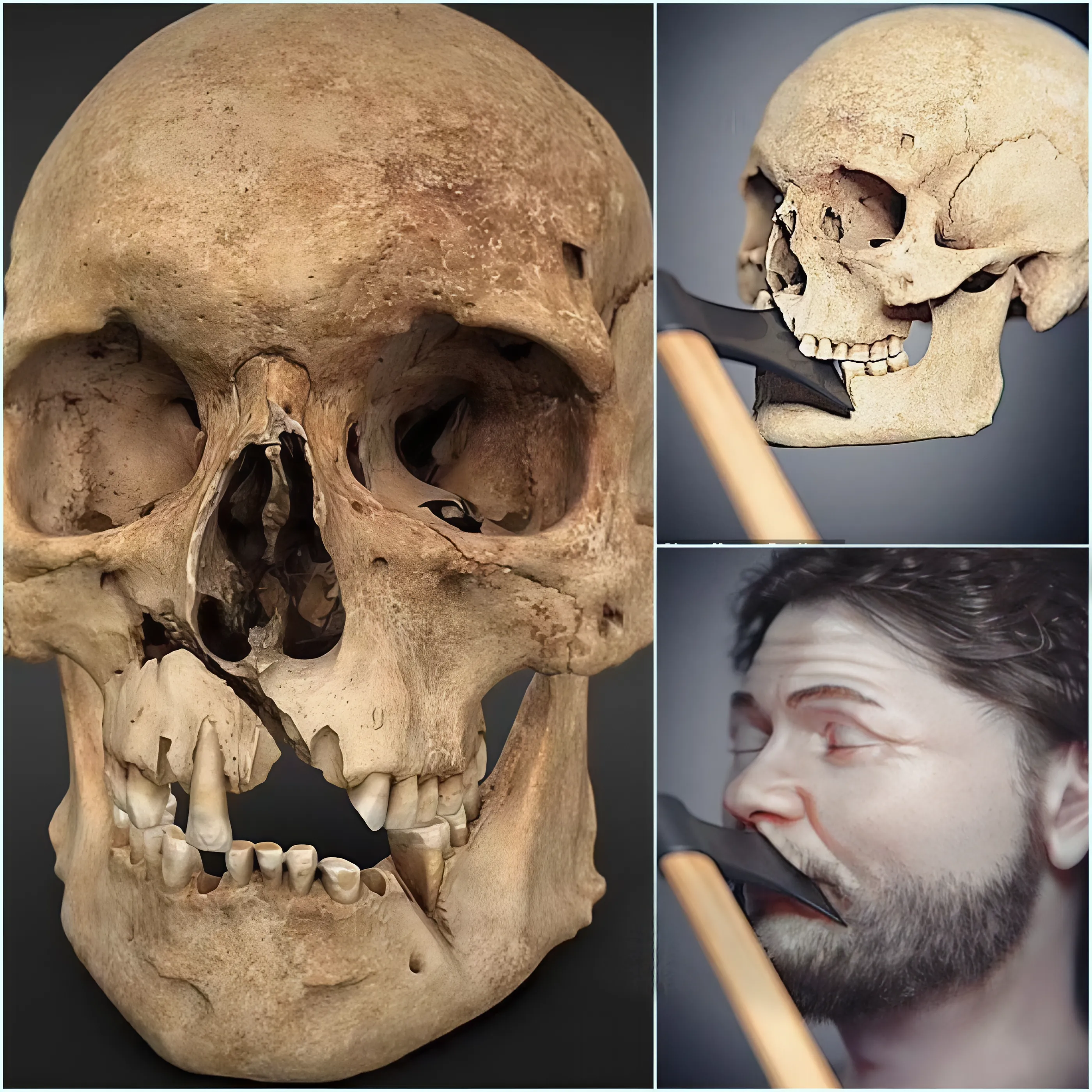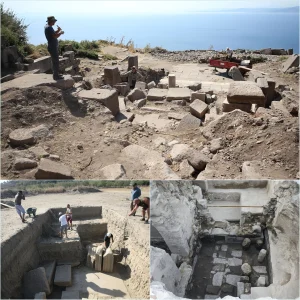During the Battle of Gotland in 1361, a medieval combatant likely met his end from an axe strike to the face, marking the final fatal blow in a bloody conflict between Swedish farmers and the Danish army. Now, over 660 years later, researchers have unveiled a facial reconstruction depicting what this man may have looked like.

Examining the skull, researchers observed a deep diagonal crack extending from the lower left jaw up to the nasal cavity, where multiple teeth had been dislodged by the force of the impact. Such a severe injury could only have been inflicted by a powerful axe blow to the face.






